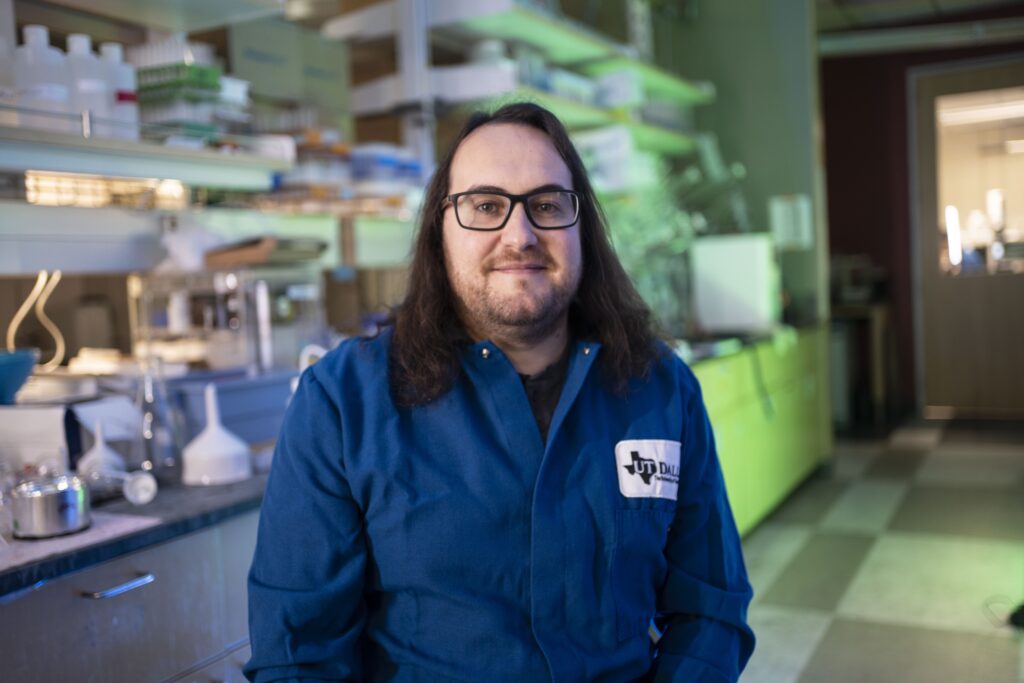Follow Santanu Roy on LinkedIn or learn more about the research Santanu Roy and his team conduct here.
In a groundbreaking study, Santanu Roy and his team have pioneered advancements in molten salt reactor (MSR) technology, presenting a significant breakthrough for nuclear energy. As part of our in-depth coverage of this topic, which we highlighted in a previous news feature, we spoke with Roy to delve deeper into his research and its potential impact on the energy sector.
The following interview is presented unedited to preserve Roy’s original responses and provide a deeper, unfiltered insight into his research on MSRs. This format allows readers to fully appreciate the intricacies and importance of his work in advancing sustainable nuclear energy solutions.
Acknowledgement From Santanu Roy: I would like to thank my frequent collaborator Alex Ivanov, Without him it is impossible to do such research.
Could you elaborate on the core advantages of molten salt reactors over traditional nuclear reactors, particularly in terms of safety mechanisms like passive cooling and containment of radioactive materials?
The biggest advantages of MSR technology are: Liquid inorganic salts can be used as both coolants and fuels. MSR can operate at extremely high temperatures (600-1000C) providing high energy density very efficiently and at the atmospheric pressure allowing their safe operations. Comparatively, the other reactors, for example, in Light Water Reactors high pressure is needed to keep water in the superheated liquid phase, raising safety concern and issues.
What specific innovations in MSR technology are being developed by your team to improve reactor efficiency and reduce operational costs compared to current nuclear technologies?
Ans: I am a computational chemist/physicist and a part of a big team under the center Molten Salts in Extremely Environments, [1] a US-DOE funded Energy Frontier Research Center. ORNL is an integral part of this center. Together with my experimental and other theoretical collaborators, I am trying to fill the knowledge gaps at the fundamental level in the molten salt structure, dynamics, and chemistry and explain their properties and behavior under the reactor conditions. For instance—How do the structure and dynamics change from simple liquid salts such as sodium or potassium chloride to more complex fuel salts such as uranium chloride? A very recent study led by Dr. Alex Ivanov (my frequent experimental collaborator at ORNL) and myself showed that the latter exhibit exotic, unique U-Cl bonding chemistry; the presence of short-lived or transient covalency was found [2]. I have also studied a variety of other pure salts and their mixtures collaborating with other MSEE team members and gained new insights into the effects of ion concentrations and temperatures on the local and overall structure, dynamics, and chemistry of those salts/salt mixtures [3,4,5,6]. Furthermore, I have been developing statistical-mechanical theories and computational models for interpreting experimental observations on how the fission products or the material corrosion products evolve over time into multiple co-existing species under extreme temperatures and disordered environments.[7,8] All these efforts of gaining fundamental insight into the chemistry of molten salts are necessary for reactor design, and specifically for making an appropriate choice of the salt composition to be used under the reactor condition.
- [1] https://www.bnl.gov/moltensalts/
- [2] https://pubs.acs.org/doi/full/10.1021/jacs.4c05765
- [3] https://pubs.acs.org/doi/full/10.1021/jacs.2c09987
- [4] https://pubs.rsc.org/en/content/articlelanding/2020/cp/d0cp03672b/
- [5] https://pubs.acs.org/doi/full/10.1021/acs.jpcb.1c03786
- [6] https://pubs.acs.org/doi/full/10.1021/acs.jpcb.4c01429
- [7] https://pubs.acs.org/doi/full/10.1021/jacs.1c06742
- [8] https://pubs.rsc.org/en/content/articlelanding/2021/sc/d1sc01224j
How does the molten salt used in these reactors enable higher thermal efficiency and better heat transfer?
At the extremely high temperatures, molten salts exhibit rapid ion exchange dynamics. The bonds between ions break at ultrafast timescales (a few trillionth of a second) [4,6,7], allowing for rapid ionic mobility, thermal efficiency, and heat transfer.
Can you explain how MSRs handle nuclear waste more effectively than conventional reactors? What are the projected long-term benefits of this in terms of environmental impact and waste management?
The waste is minimal compared to other reactors. Furthermore, an electrochemical technique called pyroprocessing can be employed to recycle nuclear waste into metal fuel for further use.
How scalable is molten salt reactor technology for widespread use in various regions, especially in terms of infrastructure needs and regulatory challenges?
US govt.’s Department of Energy has invested in fundamental and applied research on molten salts and in the reactor design campaign. There US nuclear reactor companies such TerraPower and FLiBe are taking initiatives in this field. To the best of my knowledge, Canada and China are also taking leadership roles. However, having an actual MSR reactor functioning would require more-than-a-decade of research and collaborative efforts of implementing the research outcome.
What materials or corrosion-resistant technologies are being developed to ensure the long-term viability of reactor components that come into contact with molten salts?
I think, this needs more research, but attention is given to the Nickel or Chromium-based alloys [https://www.bnl.gov/newsroom/news.php?a=219113] to develop corrosion-resistant materials.

Hassan graduated with a Master’s degree in Chemical Engineering from the University of Chester (UK). He currently works as a design engineering consultant for one of the largest engineering firms in the world along with being an associate member of the Institute of Chemical Engineers (IChemE).



